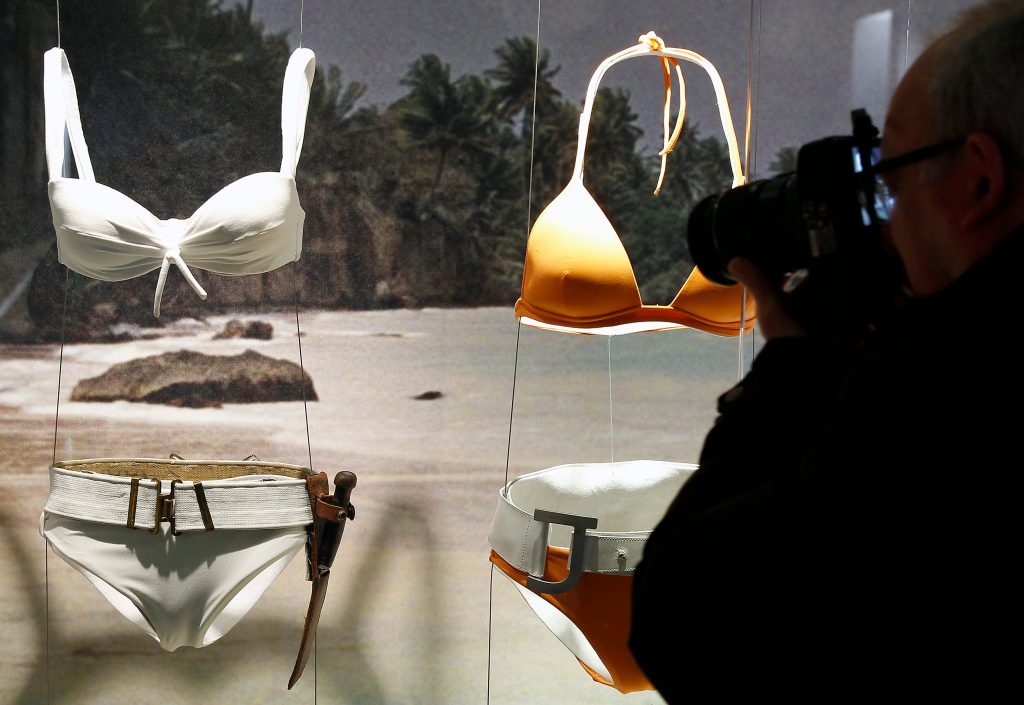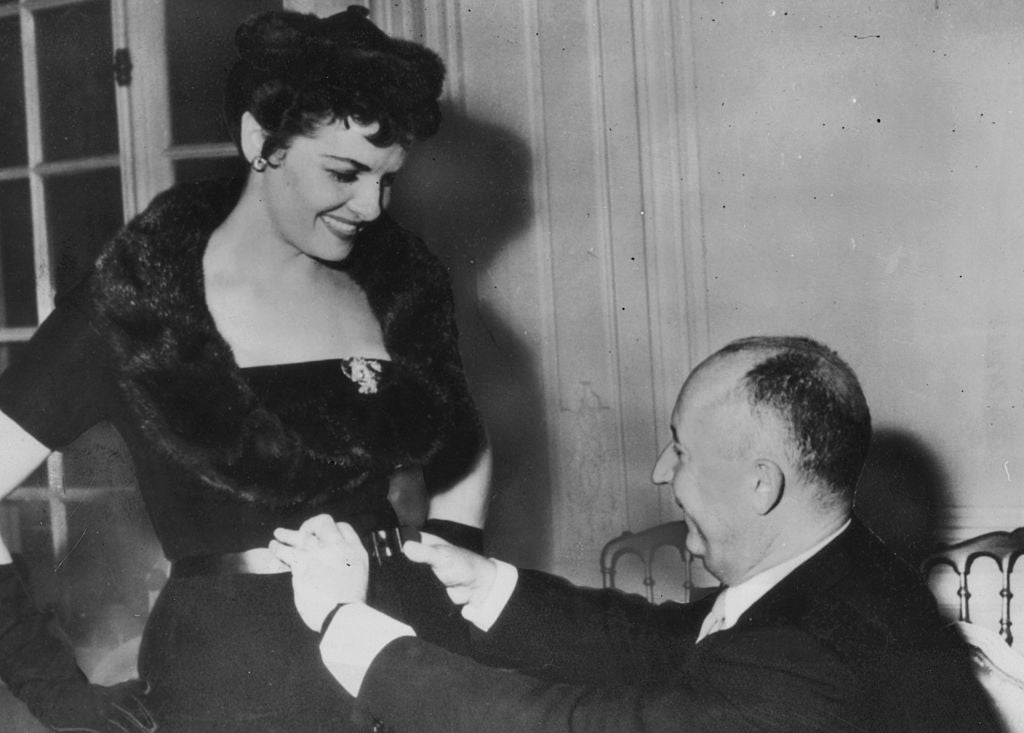
Every piece of clothing you put on is essentially a fashion choice. Fashion is something we all participate in, whether we’re conscious of it or not. The clothes you choose to wear, most of the time, says a lot about you, and how you fit into the world. Changing styles, reflects changing attitudes in society. Here are 10 stylish facts about fashion from history.
An Atomic Bikini

The bikini was named by its designer, Louis Réard, after Bikini Atoll, a site in the South Pacific where the US conducted nuclear testing. He wanted the bikini to cause a shock as big as an atom bomb. Réard declared a bikini was only a bikini if it contained only enough fabric that could be “pulled through a wedding ring.”
Women & Black

The tradition of wearing black at a funeral, or while in a period of mourning after a death, dates back to the Roman Empire. In Victorian England, widows were expected to wear black for up to four years after the death of their husband, though some women chose to wear black for the rest of their lives.
Lethal Length

For a time, South Korea had actual Fashion Police. During the 1970s, police would measure the length of women’s miniskirts; if they were too short, women could be fined or arrested.
A – Line & H – Line

Both the pencil skirt and the A-line skirt were designed by the same fashion designer: Christian Dior. He debuted the A-line skirt as part of his post-WWII “New Look” in the early 1950s. In 1954, he debuted the pencil skirt, then called “H-Line”, as the silhouette of the skirt was intended to create parallel lines to the floor.
“These Are Red Bottoms, These Are Bloody Shoes”

In the 1670s, King Louis XIV of France popularized high heels for men. He favored shoes that had soles and heels dyed red—as red was an expensive dye at the time—and issued an edict stating that only members of his court were allowed to wear red heels.

Today, red heels are just as exclusive, as designer Christian Louboutin has trademarked high heels with highly lacquered, red soles. He trademarked the look and has sued fashion giants from Yves Saint Laurent to Charles Jourdan for copying him.
Dresses of The Century

The world’s longest wedding dress had a train of almost 3km (1.85 miles) in length. Designed by a Romanian salon in 2012, the train holds a Guinness World Record, and stretched across the center of the city of Bucharest. Meanwhile, the longest train on a wedding dress in British royal history was worn by Princess Diana at her wedding to Charles, Prince of Wales, in 1981. It featured a train of only 7.6m (25 feet).
Pink & Blue

Pink is for girls and blue is for boys, right? That’s what any baby shower would have you believe. But it wasn’t always so, and in fact it was the opposite for a long time. As recently as 1918, a clothing catalogue advised that pink was the ideal color for little boys, because “it’s a stronger and more passionate color, and because it’s actually derived from red.” And for girls, blue was a “much more delicate and dainty tone.”
Deadly Collars

Ever wonder why starchy collars are sometimes called “father killers?” It’s not just a joke. Fashionable collars grew so high and tight in the 19th century that they could actually cut of a man’s circulation and respiration, causing asphyxia or brain abscess. A man named William F. Dillon was reported to have been killed by his collar in 1912, choked to death by his tight collar after an attack of indigestion caused his neck to swell slightly.
Animalistic Jewel

Animal rights activists currently campaign against wearing fur and leather for the sake of fashion, but at the turn of the century they had even more gruesome fashions to protest. One fashion in the late 1800s saw people pinning live chameleons to their clothing to wear as brooches.
Space Laundry

How does an astronaut do laundry? They don’t. According to astronaut Chris Hadfield, there is no washing machine on the International Space Station. The astronauts load up their used unmentionables into a resupply ship, then let it loose to fall back into the atmosphere where it is incinerated. We don’t like to think about the atmosphere containing microscopic dust of astronaut underwear for us to breathe in, but there you go.
Join us later this week for more fashion fun facts!

